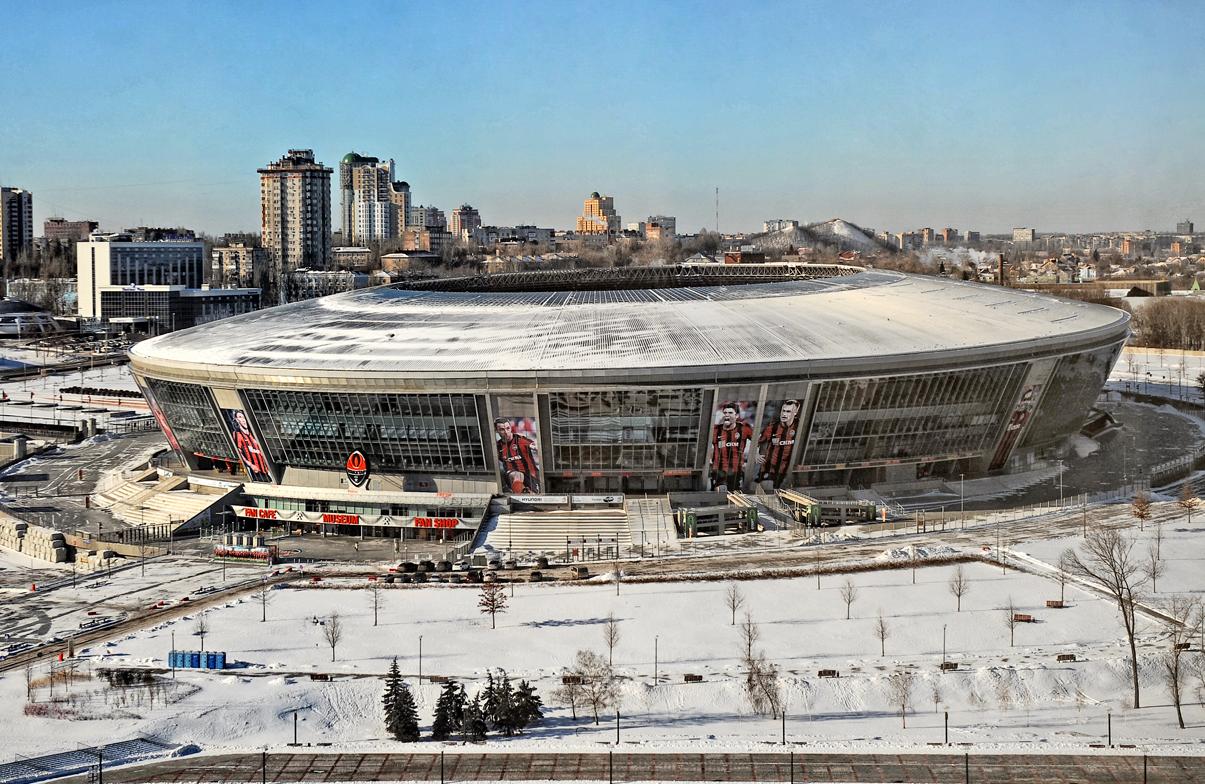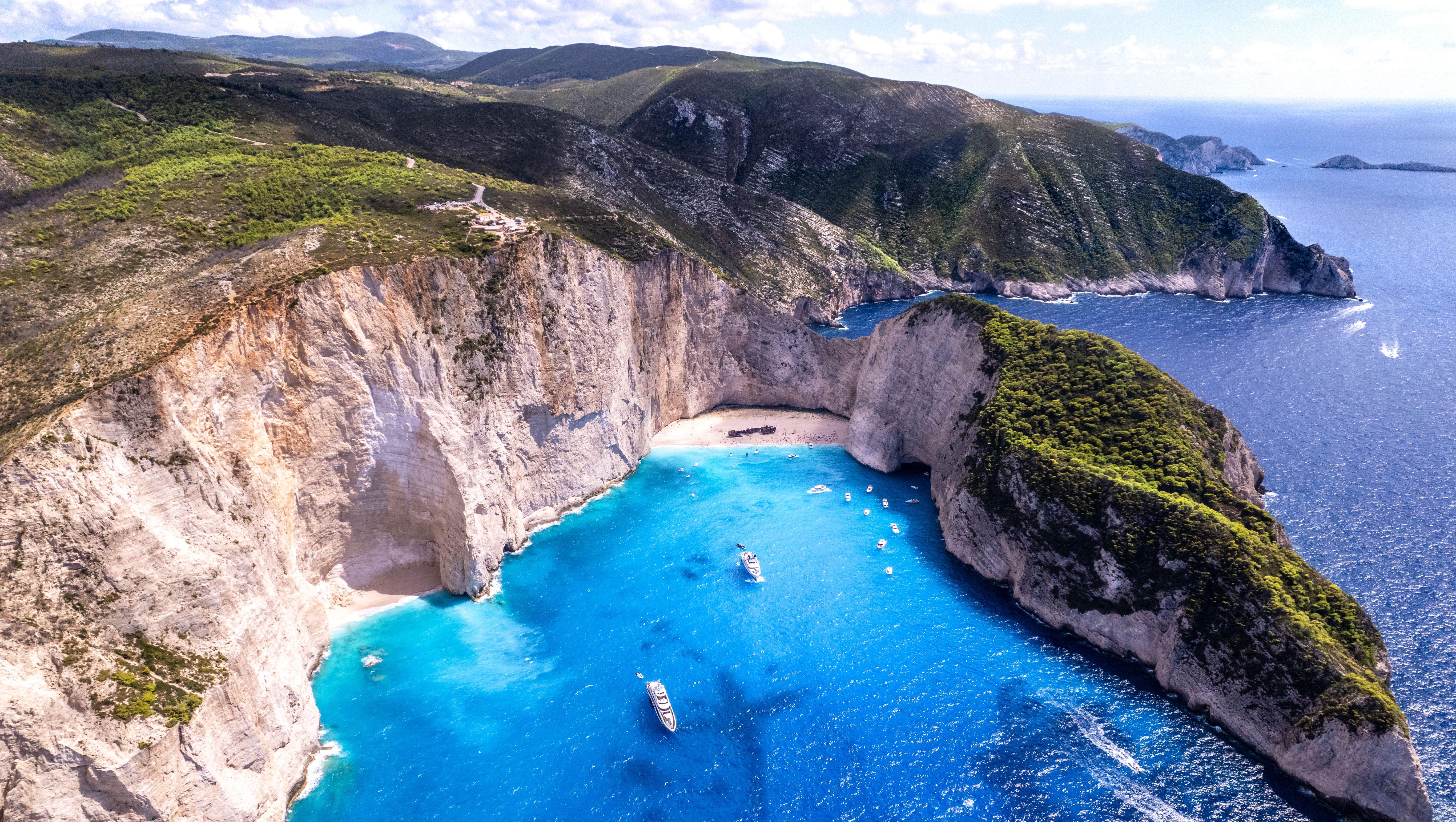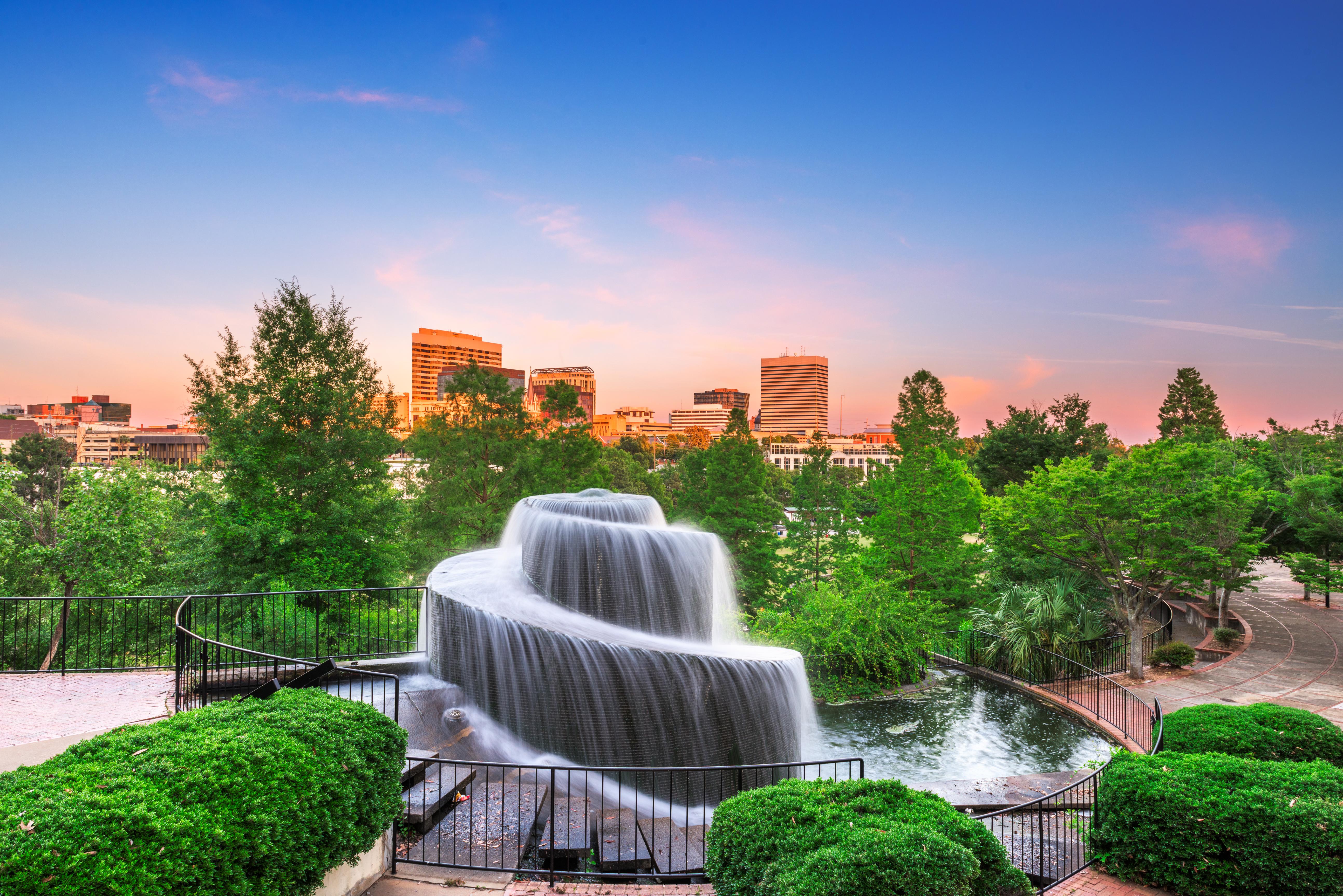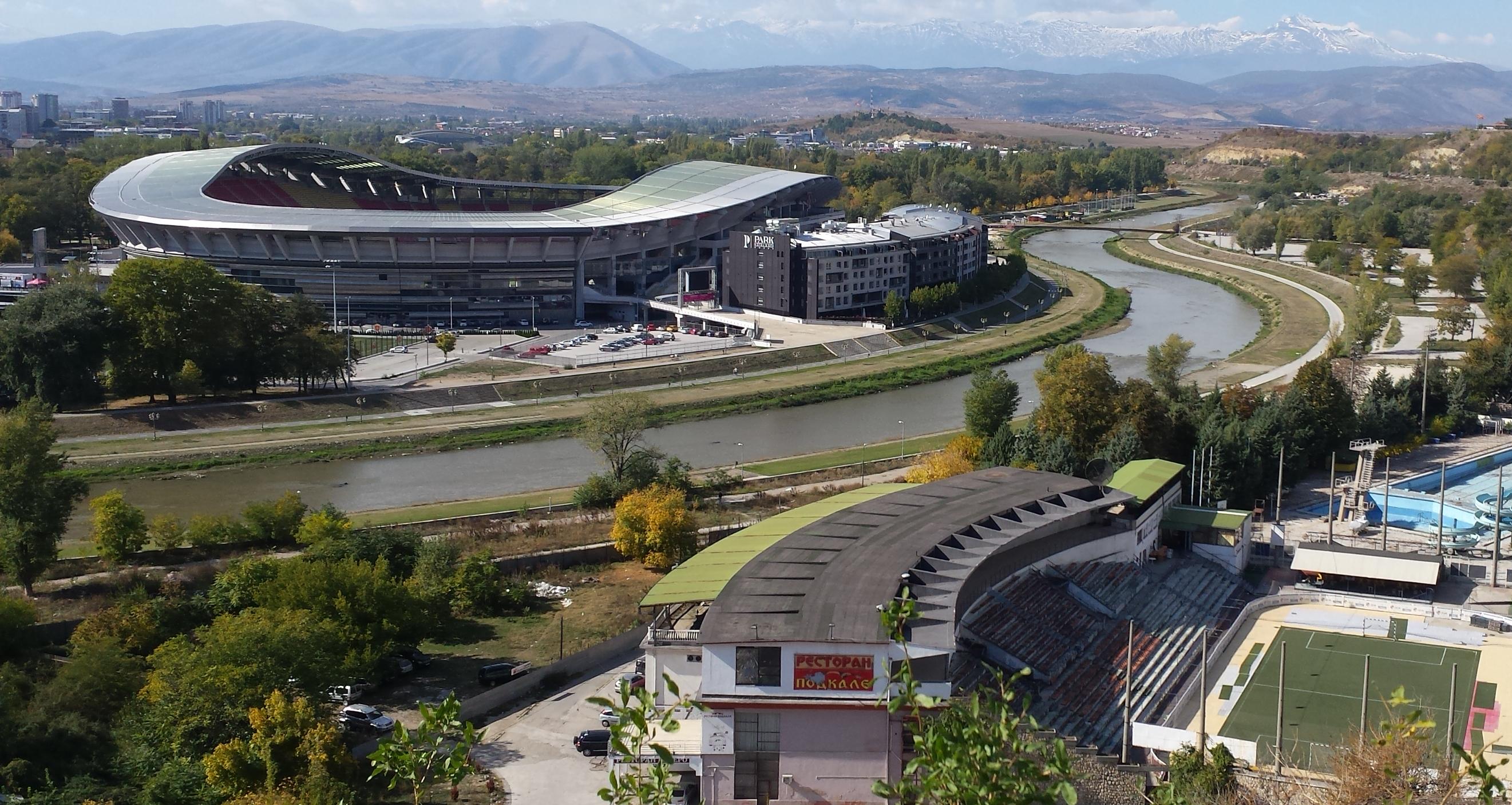13 Cities Where History's Darkest Secrets Are Hidden in Plain Sight
Throughout human history, cities have risen and fallen, leaving behind whispers of their grandeur and mysteries that continue to captivate our imagination. These urban centers, often shrouded in enigma, hold secrets that have been buried under the sands of time, obscured by the passage of centuries. As we embark on this journey to unearth the enigma of 13 cities cloaked in the shadows of history's darkest secrets, we delve into tales of intrigue, lost civilizations, and the unexplained phenomena that continue to baffle historians and archaeologists alike. This exploration takes us across continents, revealing the hidden layers beneath the surface of well-trodden paths and forgotten lands. Each city on this list is a testament to the complexity and depth of human history, offering insights into the lives of those who once walked their streets, their triumphs, their tragedies, and the mysteries they left behind. The allure of these cities lies not only in their historical significance but also in the unresolved questions they pose, inviting us to ponder the unknown and challenge our understanding of the past.
1. The Lost City of Atlantis: Myth or Reality

The legend of Atlantis has fascinated scholars, treasure hunters, and dreamers for millennia. First mentioned by the ancient philosopher Plato, Atlantis is described as a powerful and advanced civilization that vanished beneath the waves. The debate over its existence continues to this day, with theories suggesting locations ranging from the Mediterranean to the Caribbean. While some dismiss Atlantis as mere myth, others believe it holds the key to understanding ancient civilizations' technological prowess. The allure of Atlantis lies in its portrayal as a utopia, a city of unparalleled beauty and innovation, which met a catastrophic end. Recent archaeological discoveries have reignited interest in the possibility of Atlantis being a real place, with some researchers pointing to submerged structures and artifacts that could align with Plato's descriptions. The quest to find Atlantis is more than a search for a lost city; it is a journey into the heart of human curiosity and the desire to uncover the truths hidden beneath the ocean's depths.
2. Machu Picchu: The Incan Enigma

Nestled high in the Andes Mountains, Machu Picchu is a testament to the ingenuity and architectural prowess of the Inca civilization. Discovered in 1911 by Hiram Bingham, this ancient city remains one of the most significant archaeological sites in the world. Despite its fame, much about Machu Picchu's purpose and construction remains shrouded in mystery. Was it a royal estate, a religious site, or a strategic military outpost? The precision with which the stones are cut and fitted together without mortar has led to speculation about the techniques employed by the Incas. Moreover, the city's alignment with astronomical events suggests a deep understanding of celestial patterns. The mystery of Machu Picchu is compounded by its sudden abandonment, with no clear evidence explaining why the Incas left this remarkable city.
3. The Curse of Pompeii: A City Frozen in Time

The ancient Roman city of Pompeii offers a unique glimpse into the past, preserved under layers of volcanic ash after the catastrophic eruption of Mount Vesuvius in 79 AD. This natural disaster, while devastating, has provided modern archaeologists with an unparalleled opportunity to study Roman life in exquisite detail. However, Pompeii is not without its mysteries and dark secrets. Tales of a curse associated with the city have emerged over the years, with some believing that removing artifacts from the site brings misfortune. Visitors and scholars alike have reported strange occurrences and feelings of unease while exploring the ruins. The sudden and violent destruction of Pompeii, coupled with the eerie preservation of its inhabitants' final moments, adds to the city's enigmatic allure.
4. The Silent City of Teotihuacan: An Ancient Metropolis
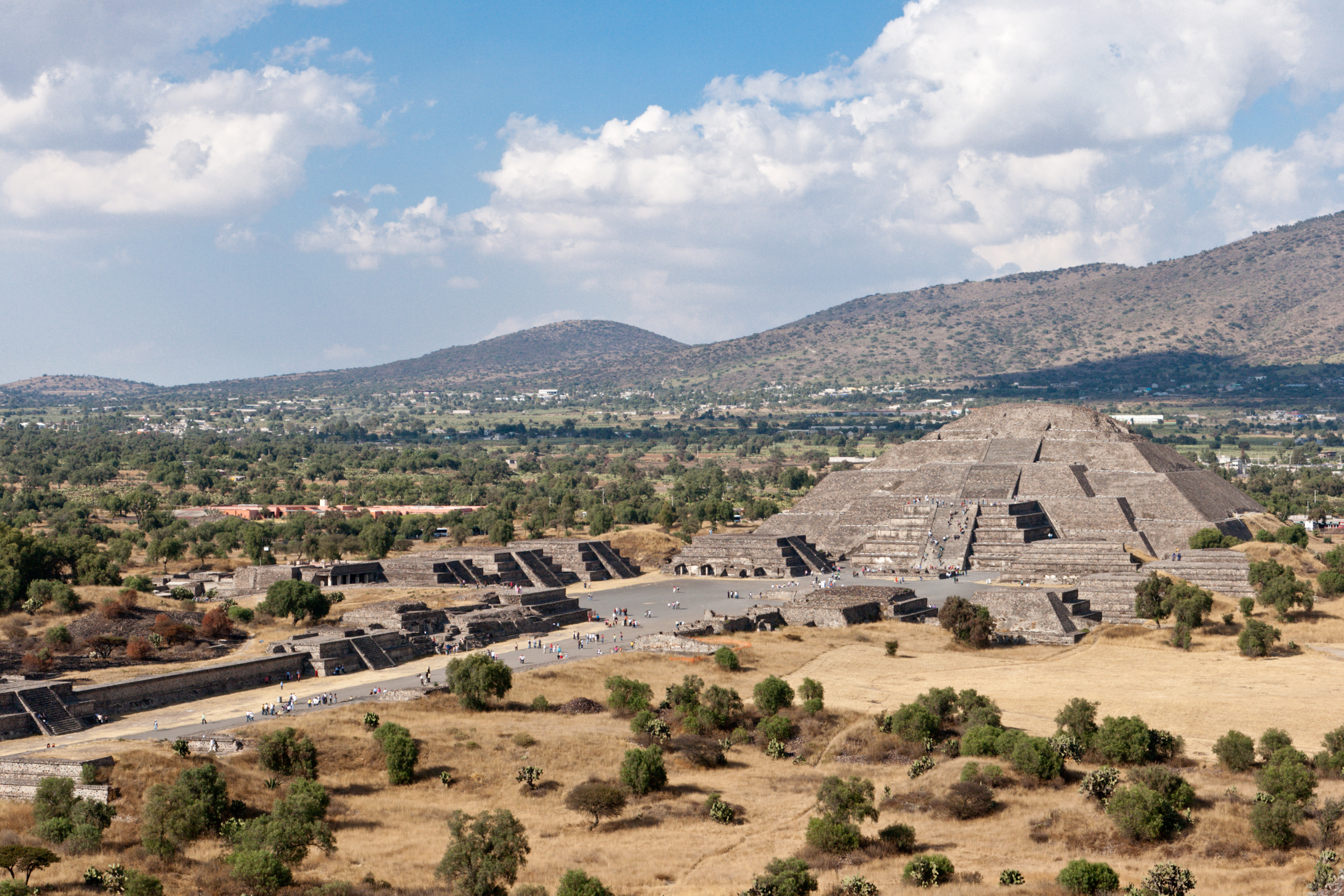
Teotihuacan, located in the highlands of central Mexico, was once one of the largest cities in the ancient world, with a population exceeding 100,000 at its peak. Despite its size and influence, much about Teotihuacan remains a mystery, including the identity of its builders and the reasons for its decline. The city's layout is meticulously planned, with the grand Avenue of the Dead leading to the towering Pyramid of the Sun and the Pyramid of the Moon. The absence of written records has left historians to piece together the city's history through its architecture and artifacts. The discovery of tunnels and chambers beneath the pyramids has led to speculation about their purpose, with some suggesting they were used for religious rituals or as burial sites for elite rulers. The enigmatic nature of Teotihuacan is further compounded by its multicultural population, as evidenced by the diverse artistic styles found throughout the city.
5. The Underground City of Derinkuyu: A Hidden Refuge

Beneath the plains of Cappadocia in Turkey lies the subterranean city of Derinkuyu, an engineering marvel that stretches over 18 stories deep. This underground labyrinth was capable of housing thousands of people, complete with living quarters, storage rooms, and even chapels. The precise reasons for its construction remain unclear, but it is believed to have served as a refuge from invasions and natural disasters. The complexity of Derinkuyu's ventilation systems and water supply demonstrates a high level of sophistication and planning. The city's discovery in 1963 opened a window into a hidden world, prompting questions about the daily lives of its inhabitants and the threats they faced. The existence of Derinkuyu raises intriguing questions about the extent of human ingenuity and adaptability in the face of adversity.
6. The Ghostly Ruins of Angkor: A Khmer Empire Mystery
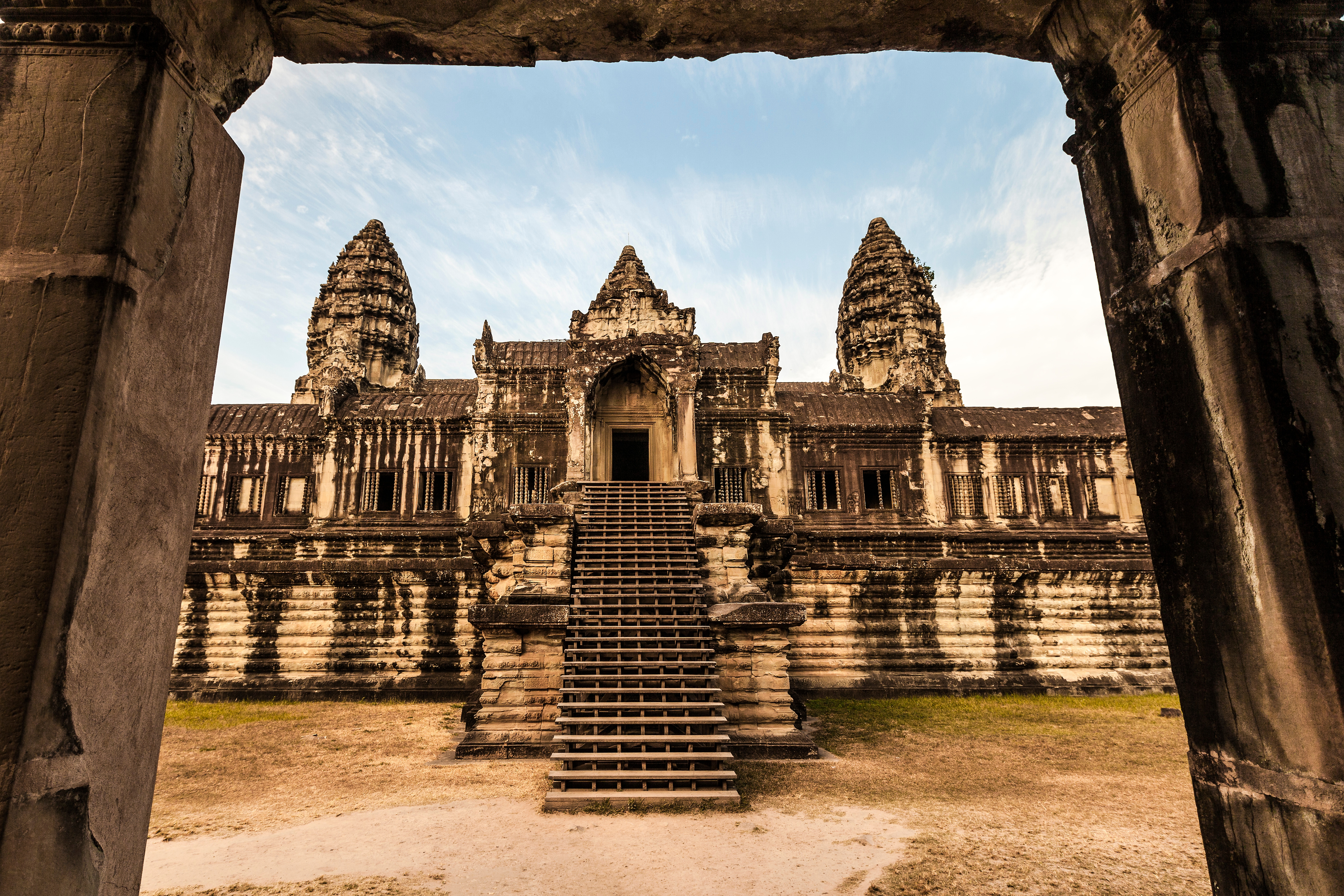
The sprawling temple complex of Angkor, located in modern-day Cambodia, was once the heart of the Khmer Empire, one of the most powerful and advanced civilizations in Southeast Asia. At its zenith, Angkor was a thriving metropolis with a sophisticated system of water management that supported its population. However, by the 15th century, the city was mysteriously abandoned, leaving behind a landscape of magnificent ruins. The reasons for Angkor's decline remain a topic of debate among historians, with theories ranging from climate change and ecological collapse to invasions and internal strife. The enigmatic nature of Angkor is further heightened by the intricate carvings and bas-reliefs that adorn its temples, depicting scenes of mythology, history, and daily life. The discovery of hidden chambers and tunnels within the temple complex has fueled speculation about the secrets that lie beneath its stone facades.
7. The Vanished Civilization of Cahokia: America’s Forgotten City
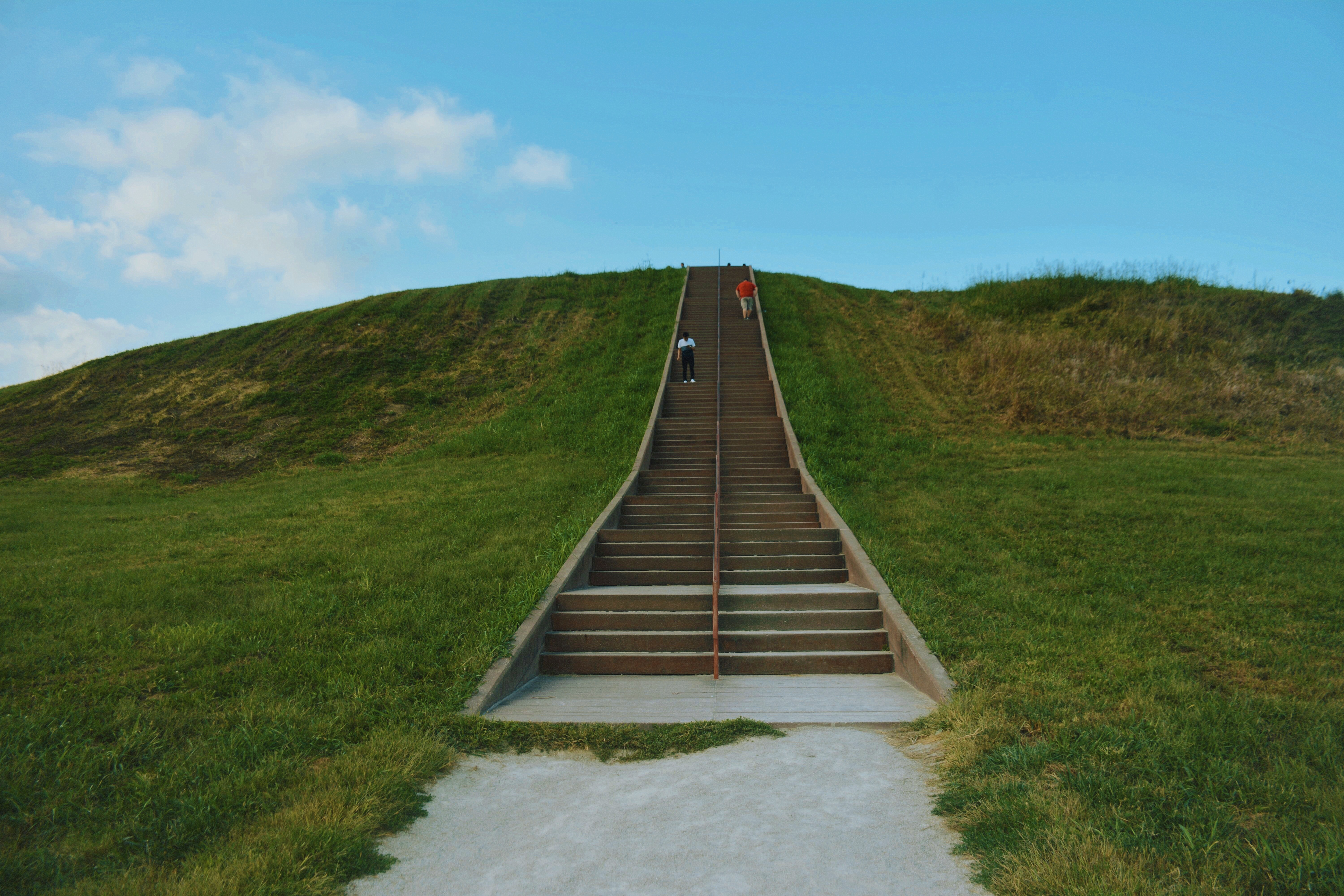
Long before European settlers arrived in North America, the ancient city of Cahokia thrived along the banks of the Mississippi River near present-day St. Louis. As the largest pre-Columbian settlement north of Mexico, Cahokia was a bustling hub of trade, culture, and political power. Its most prominent feature, Monks Mound, is a massive earthen structure that dominates the landscape, serving as a testament to the city's architectural and engineering achievements. Despite its significance, Cahokia was abandoned around the 13th century, and the reasons for its decline remain unclear. Archaeologists have uncovered evidence of social unrest, environmental changes, and resource depletion, but no definitive explanation has emerged. The absence of written records adds to the mystery, leaving us to piece together the story of Cahokia through its artifacts and remains.
8. The Mysterious Stone City of Petra: A Nabataean Enigma
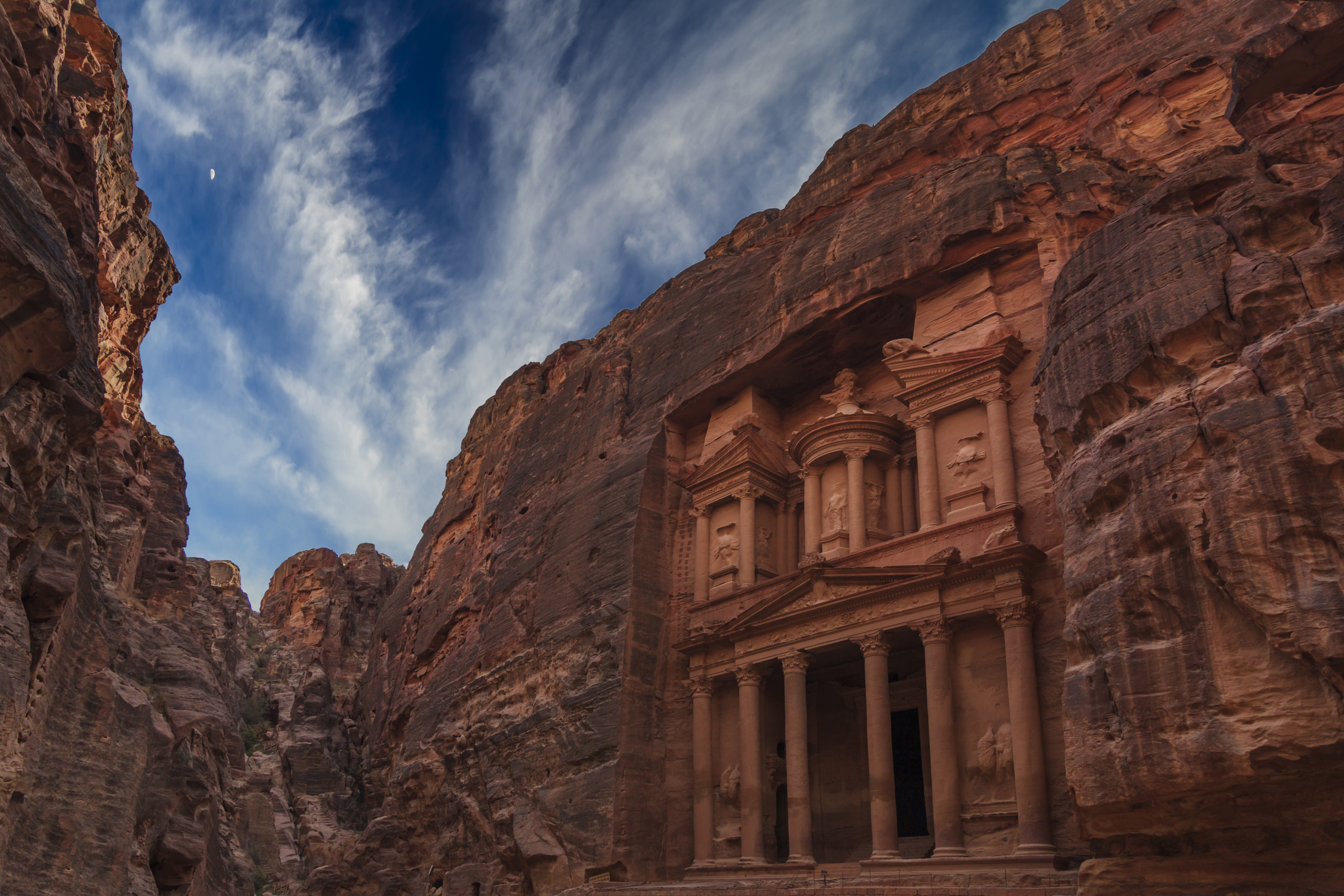
Carved into the rose-red cliffs of southern Jordan, the ancient city of Petra is a breathtaking testament to the ingenuity and artistry of the Nabataean civilization. Once a thriving center of trade and commerce, Petra's strategic location along caravan routes contributed to its prosperity. However, by the 7th century, the city had fallen into obscurity, its secrets hidden from the world until its rediscovery in the early 19th century. The precise reasons for Petra's decline remain a mystery, with theories suggesting shifts in trade routes, natural disasters, and economic decline. The city's elaborate rock-cut architecture, including the iconic Treasury and Monastery, continues to captivate visitors and researchers alike. Recent archaeological discoveries have unveiled new insights into Petra's complex water management systems and urban planning, yet many questions remain unanswered.
9. The Sunken City of Dwarka: India’s Underwater Mystery
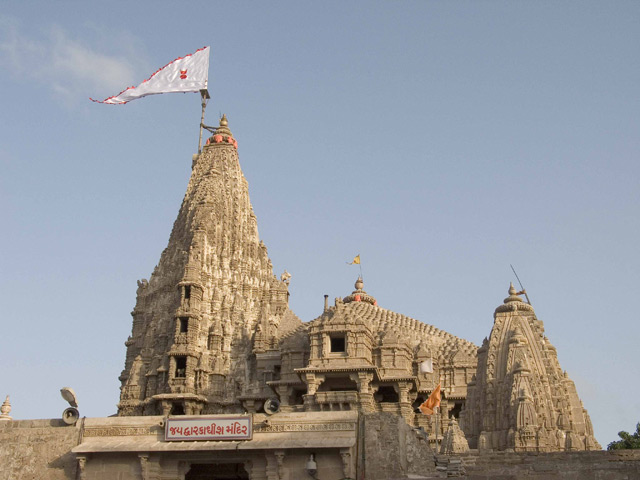
Off the coast of Gujarat, India, lies the submerged city of Dwarka, a site steeped in myth and legend. According to ancient Hindu texts, Dwarka was the capital of Lord Krishna's kingdom, a city of immense wealth and splendor that was swallowed by the sea. For centuries, the existence of Dwarka was considered purely mythical, but recent underwater excavations have revealed structures and artifacts that suggest the presence of an ancient city. The discovery of stone anchors, pottery, and remnants of walls has reignited interest in the possibility of a historical basis for the legend. The precise age and origins of the underwater city remain subjects of ongoing research, with some suggesting it may date back to the Harappan civilization. The enigma of Dwarka challenges our understanding of ancient Indian history and the interplay between myth and reality.
10. The Enigmatic City of Mohenjo-Daro: Indus Valley Secrets
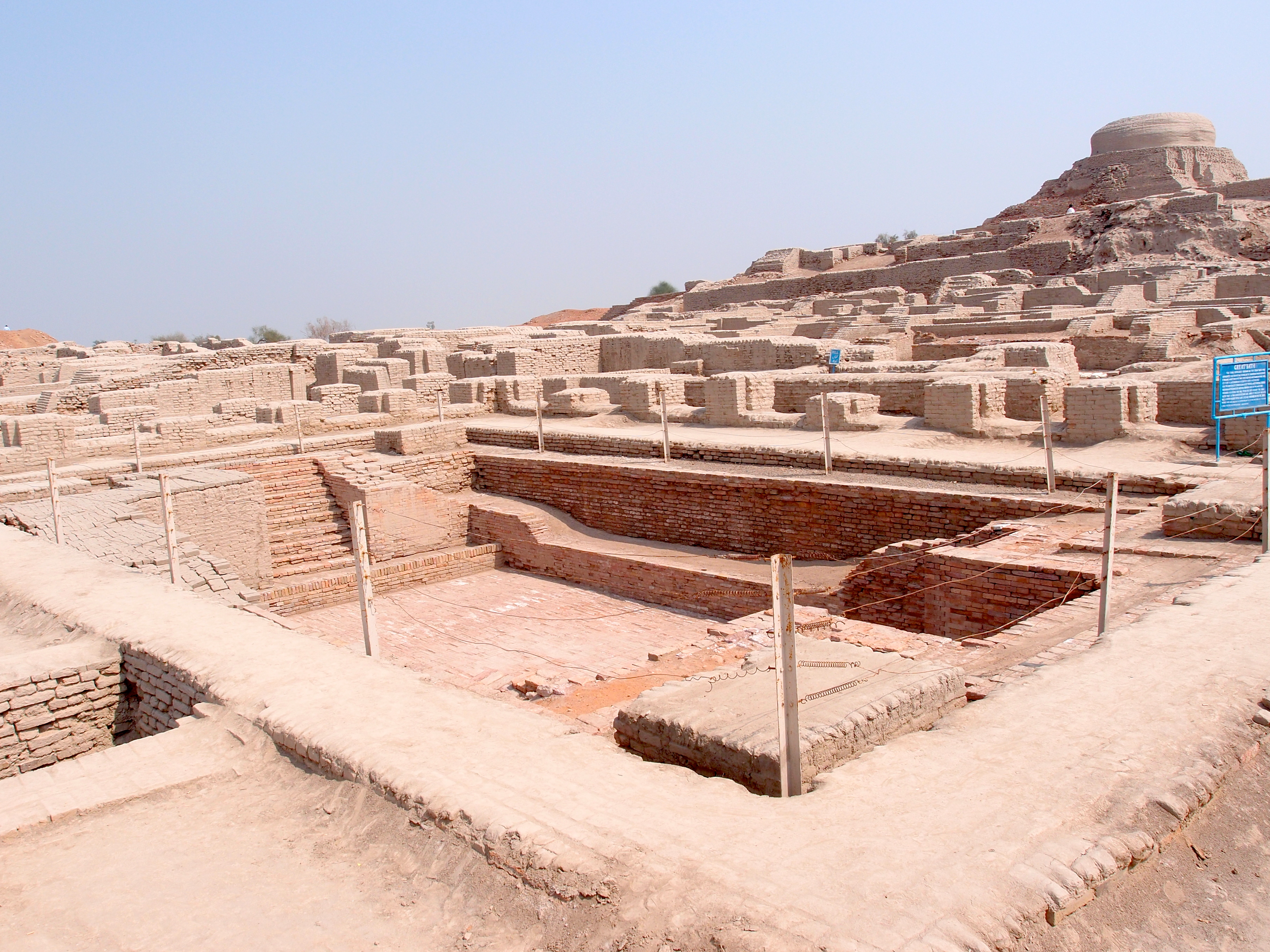
Mohenjo-Daro, one of the major urban centers of the ancient Indus Valley Civilization, is an archaeological site of immense significance. Located in present-day Pakistan, this city flourished around 2500 BCE, boasting advanced urban planning, sophisticated drainage systems, and impressive architecture. Despite its achievements, the city was abandoned around 1900 BCE, and the reasons for its decline remain elusive. The absence of decipherable written records has left researchers to speculate about the social, economic, and environmental factors that may have contributed to its fall. The discovery of numerous artifacts, including seals, pottery, and figurines, provides glimpses into the daily lives and beliefs of its inhabitants, yet many questions remain unanswered. The mystery of Mohenjo-Daro is further compounded by the lack of evidence for warfare or invasion, suggesting a more complex interplay of factors leading to its abandonment.
11. The Hidden City of Nan Madol: A Pacific Enigma

Situated off the coast of Pohnpei in Micronesia, Nan Madol is an ancient city built on a series of artificial islets, connected by a network of canals. Often referred to as the "Venice of the Pacific," Nan Madol was the ceremonial and political center of the Saudeleur Dynasty, which ruled the island for several centuries. The city's construction, involving massive basalt stones transported from distant quarries, remains a mystery, with no clear explanation for how these stones were moved and assembled. The reasons for Nan Madol's decline and abandonment around the 16th century are equally enigmatic, with theories ranging from social upheaval to environmental changes. The city's remote location and peculiar architecture have fueled speculation about its origins and purpose, with some suggesting connections to lost continents or extraterrestrial influences.
12. The Ancient City of Tikal: A Mayan Mystery

Deep within the jungles of Guatemala lies Tikal, one of the most significant archaeological sites of the ancient Maya civilization. At its height, Tikal was a thriving metropolis, home to tens of thousands of people and a center of political, economic, and cultural activity. The city's towering pyramids, elaborate plazas, and intricate carvings bear witness to the achievements of the Maya. Despite its prominence, Tikal was mysteriously abandoned around the 10th century, and the reasons for its decline remain a subject of debate. Environmental factors, warfare, and political instability have all been suggested as possible causes, but no definitive explanation has emerged. The discovery of hidden chambers and tunnels beneath the city has added to the intrigue, offering new insights into the rituals and practices of the Maya.
13. The Forgotten City of Great Zimbabwe: An African Enigma

Great Zimbabwe, located in present-day Zimbabwe, is a testament to the architectural and cultural achievements of the Shona people. This ancient city, which flourished between the 11th and 15th centuries, was a center of trade and political power, known for its impressive stone structures and intricate craftsmanship. Despite its significance, Great Zimbabwe was abandoned, and the reasons for its decline remain unclear. The absence of written records has left researchers to piece together its history through oral traditions and archaeological evidence. The discovery of artifacts from as far afield as China and Persia suggests a far-reaching trade network, yet the city's origins and the identity of its builders remain subjects of debate. The enigmatic nature of Great Zimbabwe is further compounded by the myths and legends that surround it, including tales of lost treasures and ancient kings.
The exploration of these 13 cities cloaked in the shadows of history's darkest secrets reveals a tapestry of human achievement, ingenuity, and resilience. Each city, with its unique story and mysteries, offers a window into the complexities of ancient civilizations and the challenges they faced. From the legend of Atlantis to the submerged city of Dwarka, these urban centers captivate our imagination and challenge our understanding of the past. The allure of these cities lies not only in their historical significance but also in the unresolved questions they pose, inviting us to ponder the unknown and explore the depths of human curiosity. As we reflect on the mysteries of these ancient cities, we are reminded of the enduring power of history to inspire and intrigue, and the importance of preserving and studying these sites for future generations. The journey to unearth the enigma of these cities is an ongoing quest, a testament to the human spirit's relentless pursuit of knowledge and understanding in the face of the unknown.



